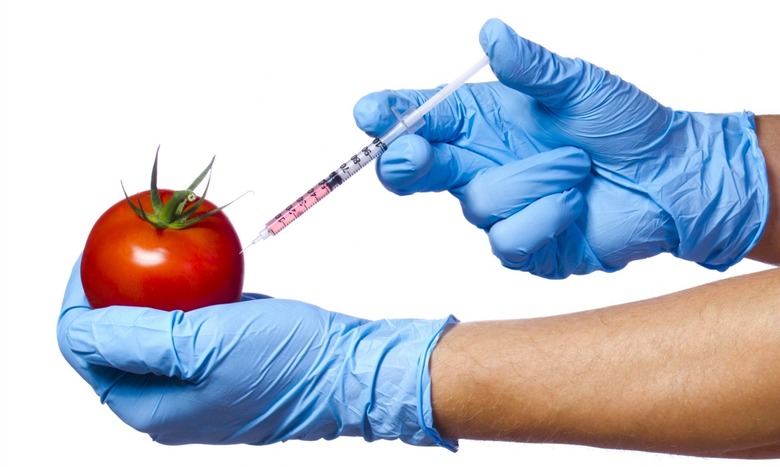What Was The Very First GMO?
Genetic engineering dates back to the early 1900s, when scientists began crossing plant species to produce desirable characteristics. Since then, the practice has grown tremendously. It is estimated that genetically modified organisms can be found in upwards of 75 percent of processed foods in the United States. In addition to fruits and vegetables, animal proteins can be genetically engineered. Most recently, the FDA approved genetically modified salmon for human consumption.
Click here for the 8 Most Genetically Modified Crops slideshow.
In 1980, Exxon Oil Company patented a genetically engineered oil-eating microorganism designed to help clean up oil spills. Two years later, the FDA approved the first genetically engineered drug, a form of human insulin produced by bacteria. But it wasn't until 1992 that the first genetically modified crop, the FLAVR SAVR tomato, was approved for human consumption.
The FLAVR SAVR tomato was designed to remain firm for a longer period of time than conventional tomatoes. A common practice in food production is picking fruits and vegetables while they are still green and artificially ripening them with ethylene treatment. While this ensures that the produce is not overripe by the time it arrives in grocery stores, the resulting fruits and vegetables often lack the full flavor of naturally ripened produce. The FLAVR SAVR tomato was the perfect solution to this common challenge.
Researchers at Calgene, Inc. found that an enzyme in tomatoes called polygalacturonase (PG) is the key to ripening. By introducing a reverse-orientation copy of the gene, they were able to suppress the accumulation of this enzyme in the tomatoes. This reduced the formation of PG, which prevented the FLAVR SAVR tomato from quickly spoiling.
While genetic engineering holds promise for addressing issues of global hunger and crop loss due to climate change, the ethics and safety of GMOs is a hotly contested topic. Many feel that, until there is scientific evidence confirming their safety, GMOs should be labeled. This would give consumers the opportunity to choose whether or not they want to consume genetically engineered food products.
